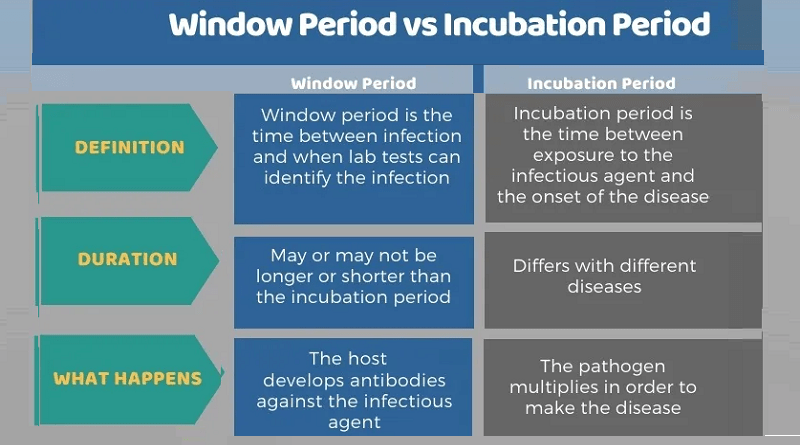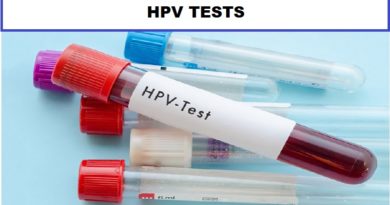Window and Incubation Periods in Infections: What is the difference?
Regarding infectious diseases, the terms “window period” and “incubation period” are often used interchangeably, which is confusing for many people. In this article, we will shed light on the differences between these two terms, and why understanding them is essential for accurate diagnosis, prevention, and control of infectious diseases.
Window Period: A Crucial Time for Testing
The window period refers to the time between exposure to infection (viral or bacterial) and the point at which the infection can be reliably detected by testing. During this period, the individual may be infected and can spread the disease to others, yet may not show any symptoms, and the test may be negative.
For example, in the case of HIV, the window period typically ranges from two weeks to three months. During this time, an infected person may transmit the virus to others, but standard testing methods, Antibody testing, may not detect the presence of HIV antibodies in their blood.
In other words, the window period can sort of be thought of as a test waiting period for infectious diseases. After you are exposed to infection, you won’t test positive right away. Instead, there is generally a length of time before you will test positive for the disease. That period is known as the window period. [1]
Understanding the window period is vital for several reasons:
- False-negative results:
A person may test negative for an infection during the window period, even though they are infected. This can lead to a false sense of security and the potential further spread of the disease. So, if you were exposed to infection you must be careful until you can get a negative test result after the window period. - Prevention and management:
Knowing the window period allows you to know the appropriate time to get tested and to initiate treatment or preventive measures accordingly.
Incubation Period: From Exposure to Symptoms
On the other hand, the incubation period is the time between exposure to infection and the onset of symptoms. It varies depending on the specific disease and the individual’s immune system. During the incubation period, the pathogen multiplies within the host, eventually leading to the appearance of symptoms.
For instance, the incubation period for influenza (flu) usually ranges from 1 to 4 days, while the incubation period for COVID-19 is typically between 2 and 14 days.
The significance of the incubation period lies in:
- Disease control:
Identifying the incubation period for a specific disease helps public health officials implement appropriate control measures, such as isolation or quarantine. - Understanding disease progression:
Knowing the incubation period provides valuable insight into the natural course of an infection and can help researchers develop effective treatments and prevention strategies.
Why the Distinction Matters
Understanding the differences between the window period and incubation period is crucial for several reasons:
- Accurate diagnosis: Knowing the window period for a specific infection can help medical professionals determine the best time to conduct diagnostic testing and avoid false-negative results.
- Informed decision-making: Being aware of the incubation period can help individuals and healthcare providers take appropriate preventive measures to minimize the spread of infection, especially when dealing with highly contagious diseases.
- Effective treatment: Early detection and intervention during the window period can lead to more successful treatment outcomes, particularly for infections that can be managed with antiviral or antibacterial medications.
- Public health strategies: Understanding the window period and incubation period of infectious diseases is essential for developing effective public health policies, such as quarantine measures, contact tracing, and vaccination programs.
SUMMARY
By demystifying the concepts of window period and incubation period, we can better understand the dynamics of infectious diseases and take appropriate steps to prevent their spread. As our knowledge of these periods advances, so too will our ability to accurately diagnose, treat, and control the impact of infections on our communities.
SOURCES
- https://www.verywellhealth.com/window-period-3132659
- https://www.verywellhealth.com/how-long-before-std-symptoms-appear-3133026
- https://www.webmd.com/hiv-aids/hiv-window-period
- https://www.differencebetween.com/difference-between-window-period-and-incubation-period/
- https://yoxly.com/blogs/yoxly-news/your-guide-to-incubation-latency-and-window-periods
- https://www.webmd.com/covid/coronavirus-incubation-period




